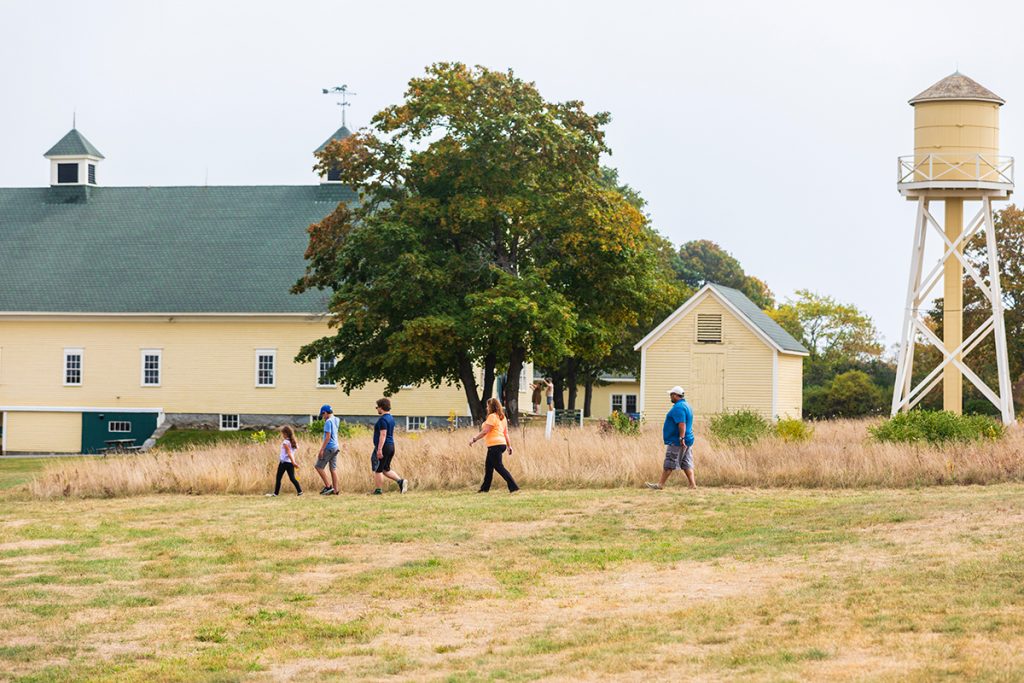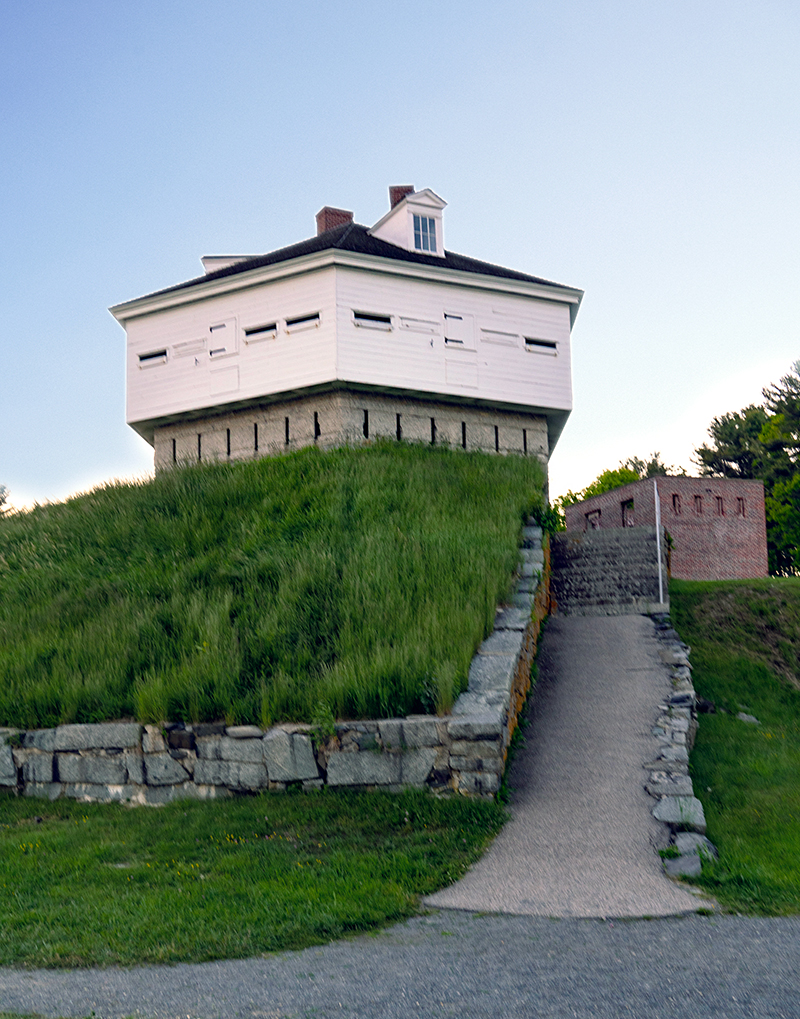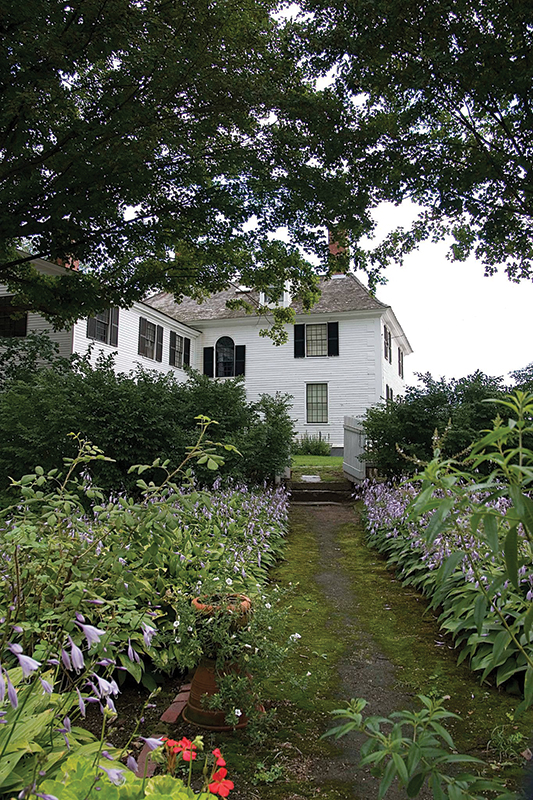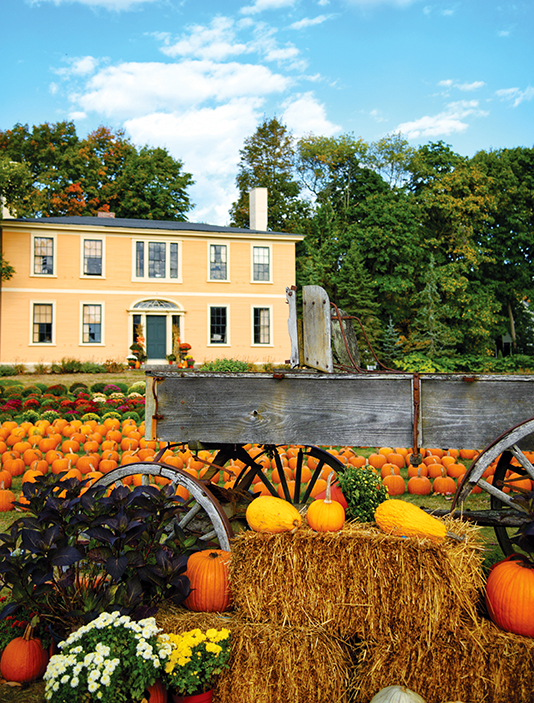Our History
With deep colonial roots, our villages and towns are among the oldest in Maine.
through the lens of history
The Maine Beaches are steeped in history, stretching back to before the formation of our country. From granite forts to the historic enclave of Old York Village, the many cherished stories of Colonial and Early American history will allow visitors to see our region from a different perspective.
As you make plans to visit, set aside time to glimpse our region through the lens of history.


Our Other Coastal Sentinels
Kittery Point is home to two key seaside military installations—Fort McClary and Fort Foster—open to the public. Fort McClary, initially constructed in 1689 and officially established in 1808, was manned during five wars: The Revolutionary War, the War of 1812, the Civil War, the Spanish-American War, and World War I. The fort was expanded in the 1840s to include several bunkers and a blockhouse, which still stand today and invite public exploration. Additionally, there’s a picnic area where binoculars are stationed along the seawall, allowing visitors to view the ocean to the Isles of Shoals, a small archipelago located about six miles off the coast.
Just a few miles down the road is Fort Foster, located on the southwest tip of Gerrish Island. Acquired by the Federal Government in 1872, it is home to several historic military structures, with its sandy beach, soft tides, long pier, and views of Whaleback Lighthouse.
A Visit to Old York and the Berwicks
Allow the Old York Historical Society to take you on a guided tour of our colonial past. With family-friendly exhibits, historical buildings, walking tours, the properties of the Museums of Old York immerse visitors in the rich, maritime history of the town, from its founding in 1652 through today. Stop by the Old York Gaol (jail) and McIntire Garrison House, both listed in the National Registry of Historic Places.
Travel inland to the community of South Berwick (nine miles from York), to tour the Sarah Orne Jewett House—home to the famous author—and the Hamilton House, which served as the setting for her novel ‘The Tory Lover.’ Nearby, the Counting House Museum is home to exhibitions and artifacts from the early 1600s through the mid-1800s, including Native American, colonial, and early industrial tools and textiles.
About fifteen minutes by car from Wells is the Sanford-Springvale Historical Society. Located in the refurbished old Springvale Town Hall, it is a beautiful example of period architecture with an extensive collection of artifacts and documents featuring Sanford’s history. The collection also includes a vast assortment of antique carriage rugs manufactured at the mills and over 1500 glass photo negatives featuring incredibly detailed images of the community’s history.


Homes, Museums, and Farms
The Sanford-Springvale Historic Museum purchased and completely refurbished the neighboring Edward E. Goodwin House a few years ago. This Queen Anne-style gem is remarkable for having nearly all its original exterior and interior architectural details intact. It has been furnished with authentic period furnishings (many of them from the original family) to show visitors how a household of the time would have looked. The house is on the National Register of Historic Places is well worth a visit.
Back at the coast, visitors will enjoy the historical beauty of Wells Reserve at Laudholm Farm, the Ogunquit Museum of American Art, the renowned Brick Store Museum in Kennebunk, or traverse the underground canals at the Biddeford Mills Museum and regular offerings at the Harmon Museum in Old Orchard Beach.
Maine Beaches communities are filled with centuries-old architectural structures, cemeteries, and burial places dating back to pre-colonial times and events throughout the year.
